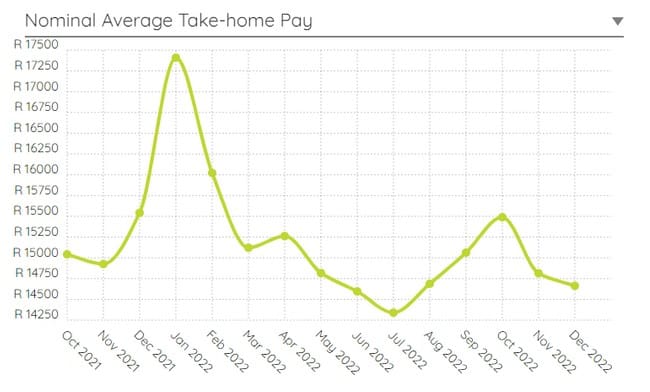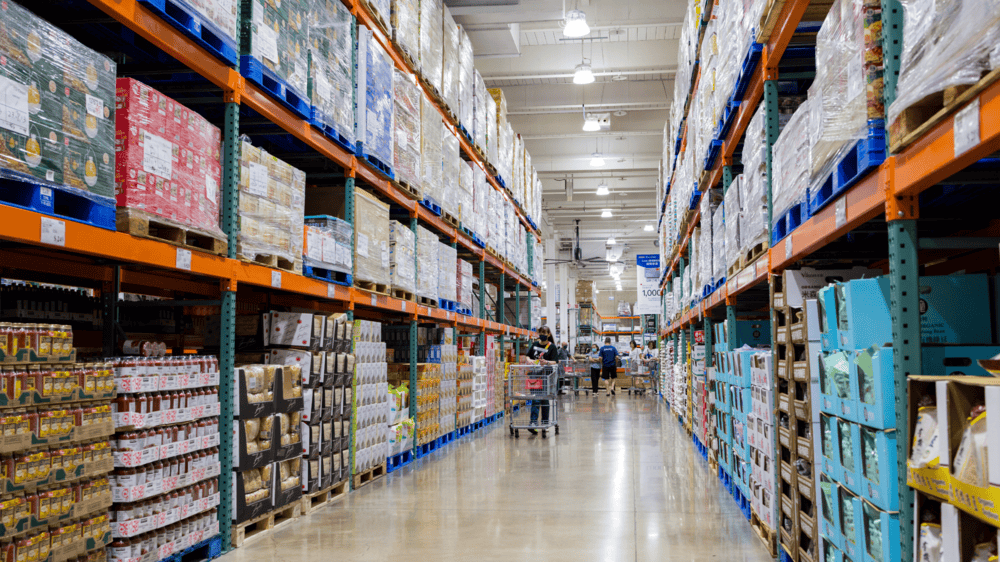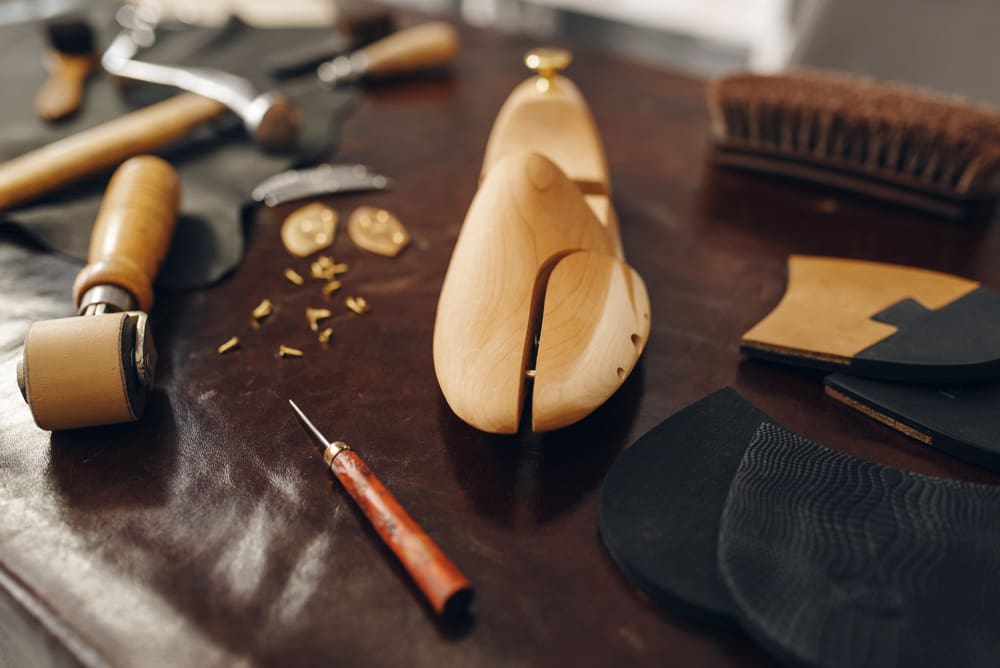Opportunities in the South African Furniture Sector
The future of the furniture, appliances and white goods industry remains secure, given that most items in this sector are considered indispensable after food security is achieved. That may not be enough for businesses as they aim to not only achieve stability, but growth.
Inferred from the content of the WOW report on the Retail of Furniture Appliances and White Goods, there are some ominous clouds gathering on the horizon in South Africa. Further afield on the African continent, some underlying causes point to a difficult export market.
Prospects for localising the retailing of furniture and appliances in South Africa
In the immediate post-Mao Zedong era in China, there was the unwelcome but strong influence of the “Gang of Four”, a Maoist political faction composed of four Communist Party of China officials who wanted to continue the Cultural Revolution that had cost 30 million lives. They dominated China’s political and economic landscape for a while but were defeated by the moderate faction under Deng Xiaoping. The number four has a connection to South Africa battling with political-economic turbulence. Instead of 4 people whose influence was eliminated after a short while, in South Africa it is four phenomena that remain a powerful force in the economic landscape and will unfortunately take much longer to address. They inevitably also have a demonstrable impact on sectors like the furniture and appliances sector and continue to hinder its growth. The WOW report mentions two of these phenomena, and we add two more here to get to the gang of four. The first one is the average nominal take-home pay (without factoring in inflation) which declined by 4.8% year on year to R14,663 in December 2022, which explains why real outlays by households on semi-durable goods contracted by 1.1% in Q3 2022 following a contraction of 0.9% in Q2 of 2022, according to the latest BankservAfrica Take-home Pay Index (BTPI), illustrated in the graph below

Secondly, the rand weakened by 11.5% year on year to R17.13 on 18 January 2023, making imported goods more expensive, when local production is hindered by much higher input costs (see next point).
Thirdly, the lack of infrastructural support (power availability, roads, rail, harbours, sanitation – water and waste treatment), health and logistics (dysfunctional municipalities) reached a frightful stage and there is no short term solution.
Lastly, the constraints on government’s budget, with fast-rising costly public debt, untenable unequal redistribution of income derived from a narrowing tax base and policies that do not promote growth.
The furniture and appliances sector cannot achieve the resilience and growth it needs in the face of such a gloomy backdrop. According to the WOW report, the former project manager at the eThekwini Furniture Cluster, Paige Sherriff said more than 50% of South Africa’s furniture is currently imported, mostly from China. The DTIC puts the figure at about 30%. This illustrates the challenges facing the industry as a result of import competition.
Export outlook for the furniture retail sector
All of the bigger companies in the sector have operations and/or exports to other African countries. Looking closely at the data provided in the WOW report, most of these cross-border operations are in neighbouring countries, part of the SADC region. Shoprite has operations farther afield but reported that furniture revenue from non-South African stores in Africa declined by 0.8% in the year to July 2022. On the 22 November 2022, Massmart also announced that it plans to close 14 Game stores in East and West Africa bringing the total of African Game stores due for closure to 30.
In countries like Nigeria, Ghana, Uganda, Kenya and Tanzania, imports from China, the world’s biggest furniture exporter in 2021, are ubiquitous.
It is always easier to gain market share in a fast-growing economy and ride the crest of the wave. From the macroeconomic data issued by the IMF, the prospects are good for the African continent on the basis of its findings that Africa is one of the least urbanised continents in the world and that its population will double between 2020 and 2050. Urbanisation and high population growth would entail more spending on furniture and appliances.
However, the interpretation of these findings has to be nuanced with other influential factors, which are discussed in The Time-Travelling Economist by Charlie Robertson. If the population grows too fast, growth may in fact be detrimental to economic productivity and development, limiting household wealth accumulation and spending power. Lack of household income and having many children results in poor education, which in turn adds constraining factors to economic growth. Another factor is affordable energy availability. Many if not all African countries are short of electricity supply.
No wonder then that South African companies in the retail of furniture and appliance sector find it difficult to make significant gains in African markets.
Growth opportunities in South Africa’s furniture appliances sector
One of the most important factors to realise the opportunities available in the industry is to encourage and support private sector initiatives as a catalyst for job creation. South Africa can learn from other Asian countries that are nibbling at China’s export markets. The recent crackdowns by the Chinese government on big companies has opened pathways for other countries to step in. India gained a big Apple iPhone assembly plant, away from China. Vietnam has become a fierce competitor in other areas with South Korean companies Samsung and LG, and many Japanese electronics manufacturing companies, moving factories from China and India to Vietnam, or establishing new production facilities in Vietnam rather than in China.
These shifts, as well as high shipping costs and supply chain disruptions, present the South African furniture and appliances sector with an opportunity to boost local manufacturing that can drive export initiatives.
In South Africa, the consideration by many households of an early replacement of many appliances with more energy efficient ones and the needed replacement of power surge damaged ones, should also create scope for expanded business. This also offers opportunities for smaller players, provided the government creates an enabling environment by removing unnecessary red tape.
Contact us to access WOW's quality research on African industries and business
Contact UsRelated Articles
BlogCountries South AfricaWholesale and retail trade repair of motor vehicles and motorcycles
South Africa’s Food Retail & Wholesale Market 2025: Growth, Trends, and Challenges
Contents [hide] Who Owns Whom’s report on the wholesale and retail of food in South Africa highlights critical shifts in the industry amid ongoing debates about VAT increases. With food...
BlogCountries South AfricaWholesale and retail trade repair of motor vehicles and motorcycles
How South Africa’s Local Footwear Brands Are Winning the Digital Race
Contents [hide] The importance of adapting to change when taking brands to the market Many a good brand has died a sad death due to lack of access to markets...
BlogCountries South AfricaWholesale and retail trade repair of motor vehicles and motorcycles
The rise of illicit cigarettes in South Africa: What next?
Contents [hide] Why cigarettes are highly regulated Cigarettes are highly regulated in South Africa and fall under the umbrella of items subject to sin taxes. This is due to their...





